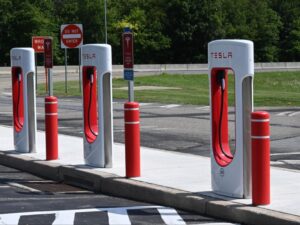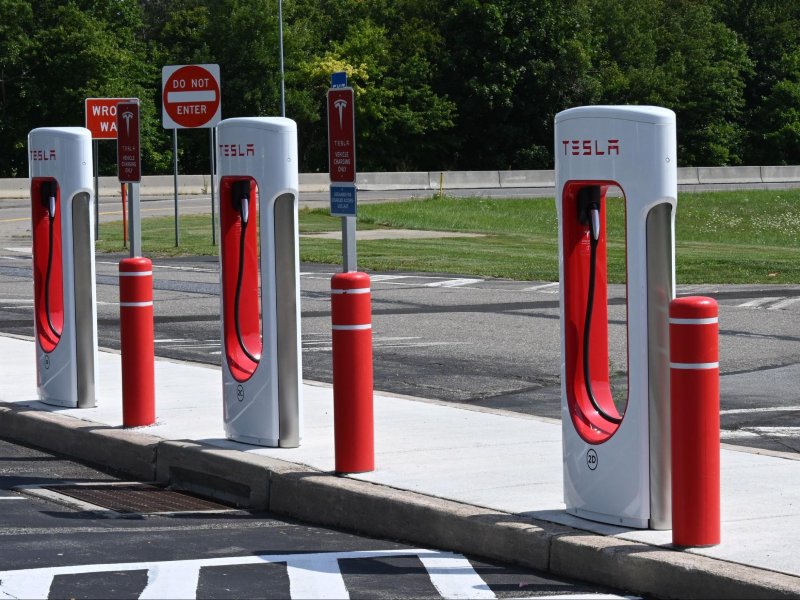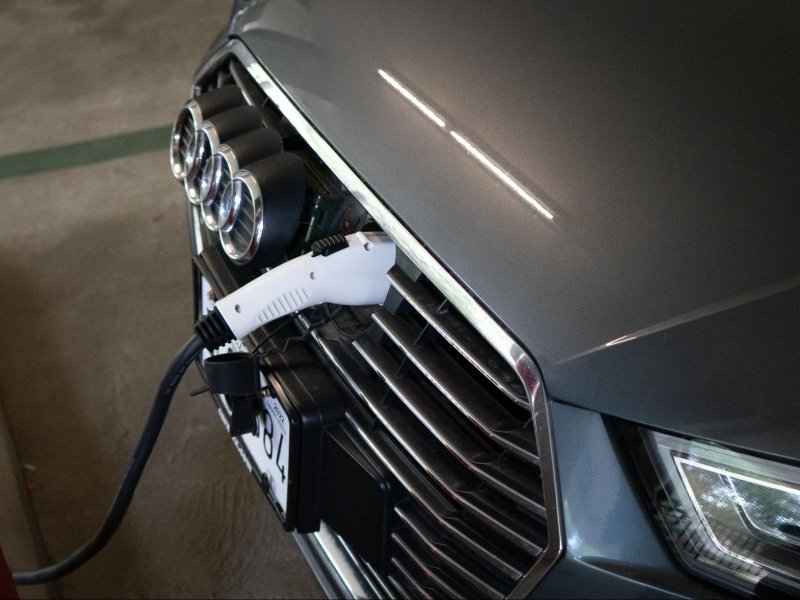The electrification of transportation is reshaping the automotive landscape, with electric vehicles (EVs) becoming an increasingly common sight on the roads. As the demand for EVs grows, so does the need for efficient and effective charging infrastructure. Understanding the electrical requirements for EV charger installation is not only crucial for ensuring seamless charging but also for laying the foundation for a sustainable and reliable transportation ecosystem.
Voltage and Amperage: The Building Blocks of Charging
At the heart of the electrical requirements for EV chargers lie two fundamental concepts: voltage and amperage. Voltage represents the electrical potential difference that drives the flow of energy, while amperage measures the current, or the rate of energy transfer. These two factors determine the charging speed and efficiency of an EV charger.
Level 1 chargers, which operate on a standard 120-volt household outlet, offer the slowest charging speeds. This is due to their lower voltage and limited amperage. On the other hand, Level 2 chargers, which utilize a 240-volt circuit, provide faster charging due to the increased voltage and amperage capacity.
Circuit Capacity and Upgrades
Installing an EV charger requires consideration of the existing electrical circuit’s capacity. Most homes are equipped with circuits designed for everyday appliances. Adding an EV charger to an existing circuit without considering its capacity can lead to overloading and safety hazards.
For Level 1 and Level 2 chargers, it’s essential to ensure that the circuit can handle the additional load. If necessary, upgrading the circuit by installing a dedicated circuit for the charger is recommended. This involves working with a licensed electrician to assess the electrical panel’s capacity and make necessary modifications.
Installation Types and Compatibility
Homeowners considering EV charger installation should be aware of two installation types: plug-in and hardwired. Plug-in installations involve connecting the charger to a compatible outlet, offering flexibility and ease of use. Hardwired installations, on the other hand, involve connecting the charger directly to the electrical panel. However, while hardwired installations offer a neater appearance and more robust connection, they require more extensive electrical work.
When choosing an EV charger, compatibility with the vehicle’s onboard charger is critical. Some EV models come with different onboard charger capacities, affecting the rate at which they can accept energy. It’s essential to match the EV’s onboard charger capacity with the charger’s output to ensure efficient charging.
Permitting and Code Compliance
Installing an EV charger involves adhering to local electrical codes and obtaining the necessary permits. Electrical codes vary by jurisdiction and ensure that installations are safe and compliant with industry standards. Working with a licensed electrician is vital to navigate the permitting and code compliance process.
Failure to comply with codes and obtain permits can lead to safety hazards, legal issues, and potential difficulties when selling or insuring a property. Permitting and code compliance ensure that EV charging installations are safe, reliable, and beneficial to both the user and the community.
Future-Proofing and Scalability
As the EV market evolves, so do the technological advancements in charging infrastructure. Future-proofing an EV charger installation involves considering the potential changes in charging standards, connector types, and EV capabilities. This ensures that the installed infrastructure can accommodate new technologies without requiring extensive modifications.
Scalability is another aspect of future-proofing. Homeowners and businesses should assess their potential future charging needs. Installing wiring and infrastructure capable of accommodating multiple chargers or higher charging speeds can save costs and avoid the need for substantial upgrades down the line.
Conclusion: Electrifying the Road Ahead
Understanding the electrical requirements for EV charger installation is a critical step toward building a reliable and sustainable charging network. The concepts of voltage, amperage, circuit capacity, and compatibility are the cornerstones of a successful installation. As the adoption of EVs accelerates, these electrical considerations will continue to shape the charging landscape.
By approaching EV charger installation with a solid understanding of electrical principles, homeowners, businesses, and communities can contribute to the growth of electric mobility. The transformation of transportation requires not only embracing the vehicles of the future but also laying the groundwork for a well-connected, efficient, and electrifying road ahead.






